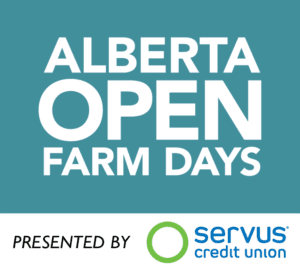
If there is a silver lining that can be seen through the pandemic currently sweeping the globe, it is that many people are looking towards trying their hand at gardening. While I will admit I am somewhat biased to the subject, I couldn’t be more thrilled to see the greater population looking towards local food sources. Gardening is a wonderful way to feel in touch with nature, a constant challenge with great rewards, and there is truly nothing better than seeing your garden flourish! Alberta’s weather can be quite temperamental, so starting seeds indoors can help give a jump start to your growing season. Here are a few helpful hints to get you started!
What you’ll need
- container
- seeds
- potting mix
- water
- plastic cover
Pick your container.
You can spend the money and buy the soil pods or specific growing trays, or if you are trying to stay home and maintain your social distance, you can use whatever you have on hand. I love using egg cartons since the materials break down easily and can be planted directly into the garden come spring!

Fill your container with a potting mix and gently press down to compact the soil.
I prefer to pre-mix my soil with water in a large bin so that the seeds go directly into moisture. You’ll want to add enough water so that when you squeeze a handful of soil, it stays in a clump. Be careful not to get it too wet.
Time for the seeds!
When picking which plants to start, try to be mindful of the last frost date in your area. You’ll want to count back the number of weeks before planting out. Great veggies to try to start are tomatoes, pumpkins, herbs, lettuce and arugula. You’ll want to place the seeds approximately twice it’s size down into the soil. Cover seeds with more soil and again press down slightly to compact the soil.

Water the container.
At this point, I like to use a spray bottle with warm water.
Cover the container with plastic to create a humid environment.
You can use cling wrap or a bread bag if you have either on hand.

Place container out of direct sunlight.
If you have a heat mat, this is the time to use it. If you don’t have one, don’t panic! Again you can improvise (I like to use a warm wheat bag underneath the trays), or just keep your house nice and warm until the seeds sprout.
After a few days, you should begin to notice sprouts starting to pop up.
Prop the plastic cover open at this point to allow air flow. Each vegetable takes a different amount of time so try to be patient.

Move containers of seedlings to a bright window and remove the plastic covering entirely.
Monitor the moisture level closely and water your plants when necessary. If your seedlings outgrow your container, you may need to repot them into something bigger.

The biggest advice I can give you is to keep things simple. You can absolutely dive deeper with temperature control, root trainers, grow lights, or heat mats, but the easiest way to get from seeds to plants is to start small. Figure out what works and go from there. I always find it funny that I can grow acres of food outside in my garden, but I struggle immensely to keep anything alive indoors. I’ve learned by trial and error and thankfully have figured out what produces the best results in my house.

About the Author
Kristen is your farmer at Fifth Gens Farms in Wetaskiwin. Fifth Gen farms fresh Veggies and delivers to Edmonton, Beaumont and Wetaskawin through their CSA Program.

